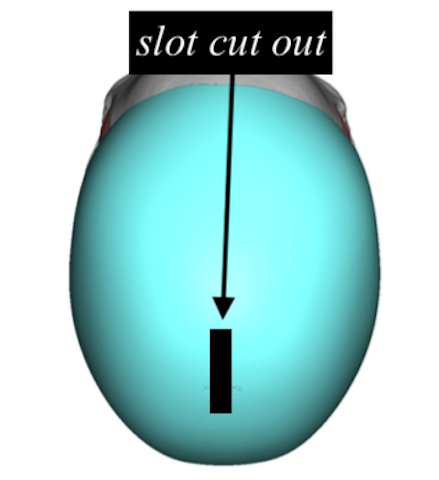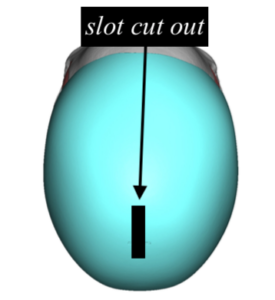In the placement of custom skull implants consideration must be given to not having a large scalp incision to do so. While a scalp incision is necessary for the surgery keeping it as small as possible is an important aesthetic requirement. As a result of keeping the scalp incision small it then becomes necessary to modify the implant for insertion.
Inserting silicone skull implants through small incisions is done by folding the implant into longitudinal roll. (aided by internal wedges in the implant design) Once the implant is pass the incisional entrance the natural elastic deformation property of the material allows it to spring out back into its original form…provided the pocket is adequate along the perimeter to do so.
While in making the pocket one may think the circumferential perimeter of it is adequate for the implant, it is important to remember that this is an unseen area for the most part. Only the edges of the pocket near the incision can be directly seen and this is very limited.
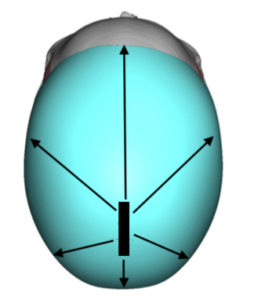
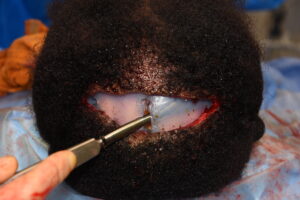
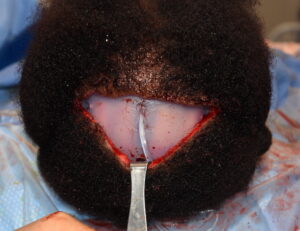
Dr. Barry Eppley
Indianapolis, Indiana

